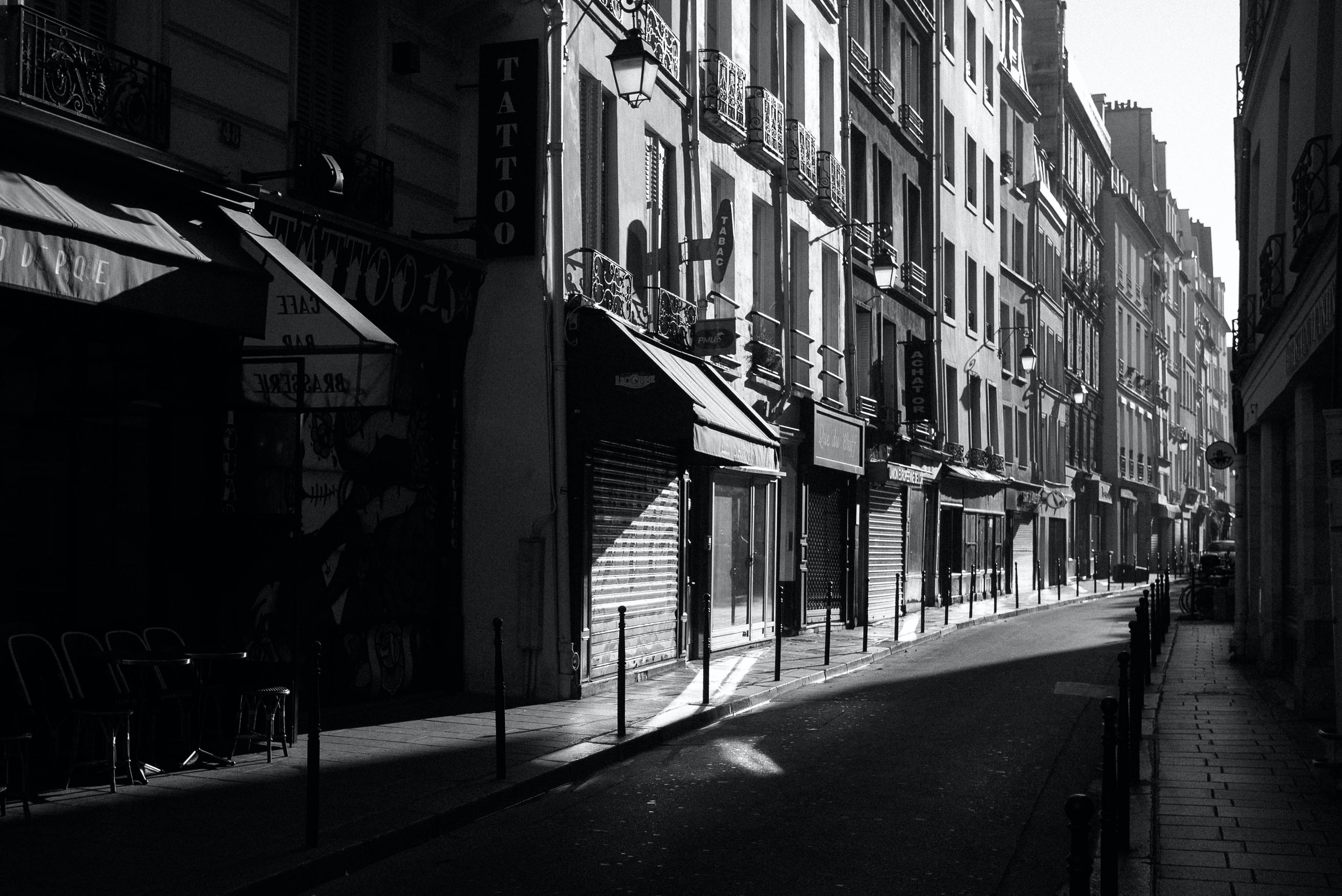While it’s widely accepted that you need to optimize blog copy for SEO, many people aren’t sure where to begin when it comes to images for blogs. Optimizing your images can give you an advantage that helps you rank better for desirable keywords.
But what is optimization when it comes to images for blogs? For my clients, I have a five-step process that includes the following:
- Compress file sizes
- Give all image files optimized names
- Add keywords to image metadata
- Create alt-text on website platforms
- Geotag images
It’s definitely a time-consuming process, but it’s worth it for the competitive edge that it gives my clients.
3 Reasons to Optimize Images for Your Blog
I optimize images for blogs for many reasons, all of which lead back to improving SEO. After all, this is one of the main goals of blogging. These are three of the top reasons why I put so much emphasis on optimized images to accompany SEO-driven copy.
1. Improve load times.
Google’s algorithm preferences websites with fast load times. Any page that takes longer than three seconds to load is going to struggle to rank or get engagement. Compressing file sizes makes a huge difference in decreasing load times. If you’re nervous that this will compromise the quality of your images, remember this key point: Most users are viewing your website on mobile devices. Compressing images for your blog won’t negatively impact how they view your content.
In fact, faster load times will keep people on your site longer. Slow load times drastically increase bounce rates, the percentage of visitors who view your page without engaging in any way. If your blog post takes too long to load because you included too many images or file sizes are too big, people will exit your site without sending an inquiry or making a purchase.
2. Get found on image searches.
When people look for services, they don’t just stick to Google Web. They may use Google Images in addition or instead of the Web feature. It only makes sense to optimize images for your blog to help them rank in image search results.
Including keywords in an image’s metadata is an important step in ranking on Google Images. This is how a search engine knows to associate your image with the keyword in the first place. Generally speaking, the more places you can include your keyword without over-optimizing, the better.
If you’re trying to rank for a location, geo-tagging will also help you rank on image searches. For example, if your keyword is “Central Park elopement,” you should geotag your images for Central Park. You’re giving search engines that much more information about your images to show that they’re relevant to users’ searches.
3. Improve your SEO with alt-text.
Another place you can include your keyword is in the alt-text for images for your blog. Again, including keywords in the alt-text of relevant images helps search engines associate your images with those keywords. This is one place it’s important to avoid over-optimizing your blog. Having your keyword in the alt-text of too many images for your blog will lead Google to flag it.
To be honest, even if alt-text wasn’t so good for your SEO, I would advise everyone to use it. Alt-text is an important tool for making websites accessible. Everyone deserves to be able to access your awesome content!
We always recommend that entrepreneurs use alt text as their starting point for optimizing blog images. Alt Text 101 is our free guide to a straightforward alt text strategy. We review the functions of alt text and share a practical approach that makes alt text a manageable part of your blogging practice. You can also check out real life examples. Grab your free copy here!

be the first to comment